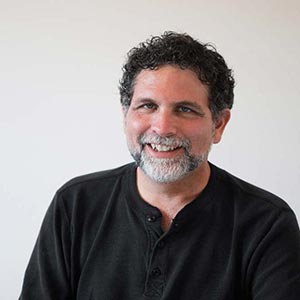 Our sense of reality is dominated by things. Things feel real to us. We live in a universe that we experience as empty space filled with things. And some things have relationships between them. But what is a relationship? Is a relationship a thing? Is it real, or is it just a connection between two or more real things?
Our sense of reality is dominated by things. Things feel real to us. We live in a universe that we experience as empty space filled with things. And some things have relationships between them. But what is a relationship? Is a relationship a thing? Is it real, or is it just a connection between two or more real things?
On my desk in front of me there is a piece of paper and a book. At first there may seem to be very little relationship between the two. If we look more closely a multitude of relationships appear to us. First of all both the paper and the book belong to me. The paper is beneath the book. Both are made of wood. The book is heavier than the paper, but they probably have a similar density. Both burn at the same temperature. If I look more closely I see that the paper was actually a letter written to me by someone I know read the book.
These are all ways of relating the paper to the book – but are they relationships?
William James, the American Pragmatist, was working on a philosophy that he called Radical Empiricism right up to his death. Empiricism is the philosophy that tells us that the only thing that we can trust to tell us what is real is our senses. Things that we can see, touch, taste, hear, and smell are real – everything else is just an idea.
James felt that an Empiricism that limited reality to only what we sense was not comprehensive enough. He claimed that “To be radical, an empiricism must neither admit into its constructions any element that is not directly experienced, nor exclude from them any element that is directly experienced. For such a philosophy, the relations that connect experiences must themselves be experienced relations, and any kind of relation experienced must be accounted as ‘real’ as anything else in the system.”
Relationships according to James are not just mental connections between things, they are themselves experienced things. It is habitual for us to relate to physical things as experienced things, but relationships we tend to see as something that exists in some mental realm and not in the same reality as the physical things. James said no – both the physical things and the relationships between them are experienced things.
If we think about the relationship of the paper being beneath the book, where do we find that relationship? According to James we experience it. I look at the book on my desk, I look at the paper. I can’t look at the relationship of one being above the other, but I do experience that one is above the other. Relationships are real experienced things; at least that was James’ opinion.
James believed that everything was made of experience. Experience is the bricks out of which reality is constructed. Physical things are experiences; the relationships between them are experiences. You are an experience and everyone you know is an experience. The world is made up of experience.
What is a relationship? It is an experienced thing. It is not a concept that connects two things together. It is a felt thing as much as anything else is.
We have been trained to see the universe as a discontinuous collection of objects that exist in emptiness. When we see the world as James did we see one continuous flow of experience. There is never any break in our experience of the world. And everything that exists, exists for us only in our experience. I believe that James was on to something important. Limiting reality to only our five sense is too small. At the very least reality has to include the entirety of our experience and when it does we start to see that some things that we took to be nonexistent, or only secondarily existent – like relationships – are actually experienced things just like everything else.
